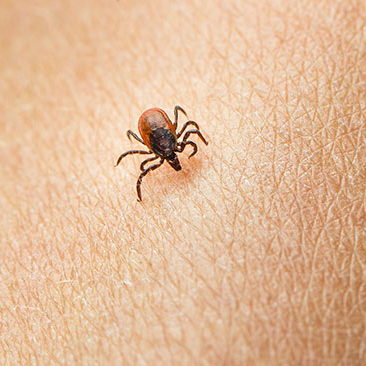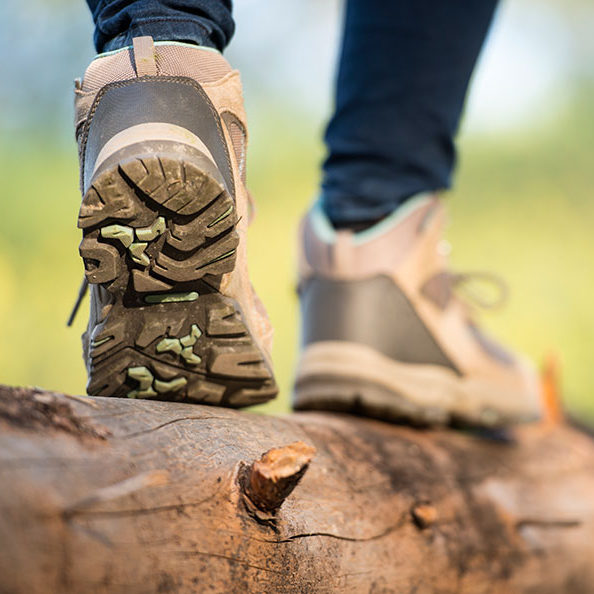Lyme disease
Lyme disease is named after the town of Old Lyme, Connecticut, where it was discovered. Lyme is an infection of Borrelia burgdorferi bacteria spread by deer ticks. Most of the time a red ring like or bullseye rash develops at the bite. Later, other similar rashes develop elsewhere and there may be fever, headache, and joint and muscle pains.
Prompt treatment with antibiotics prevents the chronic problems with fatigue, poor sleep, and muscle and joint pains that can continue even after the infection has been treated successfully if there is a delay in diagnosis. Failure to treat the bacterial infection can lead to further damage to the joints and nervous system that can be severe. There is high risk of infections with deer tick bites from Virginia to western Pennsylvania and northeast of that line and around Wisconsin. There is low risk in the southern seaboard states lower Mississippi river valley and along the west coast and minimal to no risk elsewhere in the USA.
People who live, travel, or camp where they could be expose to deer are at risk, so this is a rural and suburban disease. Risk of being bit is low in late summer and winter. Laboratory tests for Lyme disease are often wrong with false positives and also false negatives, so only patients with possible symptoms should get lab tests for Lyme disease. Early stage infections should have 2-3 weeks of antibiotics, but arthritis requires 4 weeks and may require IV antibiotics, which heart or nervous system involvement requires. Post-Lyme disease syndrome with fatigue, poor sleep and muscle and joint pains is more likely if antibiotic treatment is delayed, even if it is successful as it usually is at eradicating the infection. Treatment with more antibiotics does not help post-Lyme disease syndrome. Beware a treatment program of long term IV antibiotics for chronic symptoms.
To prevent tick bites, stay on open paths or cut grass and away from brush and tall grass where ticks can brush against you. Wear closed shoes and tuck long pants into the socks to block skin access. Use an insecticide with DEET and check for ticks after being outside. Remove the head of any tick using fine tipped tweezers. There is no vaccine for Lyme disease yet.


